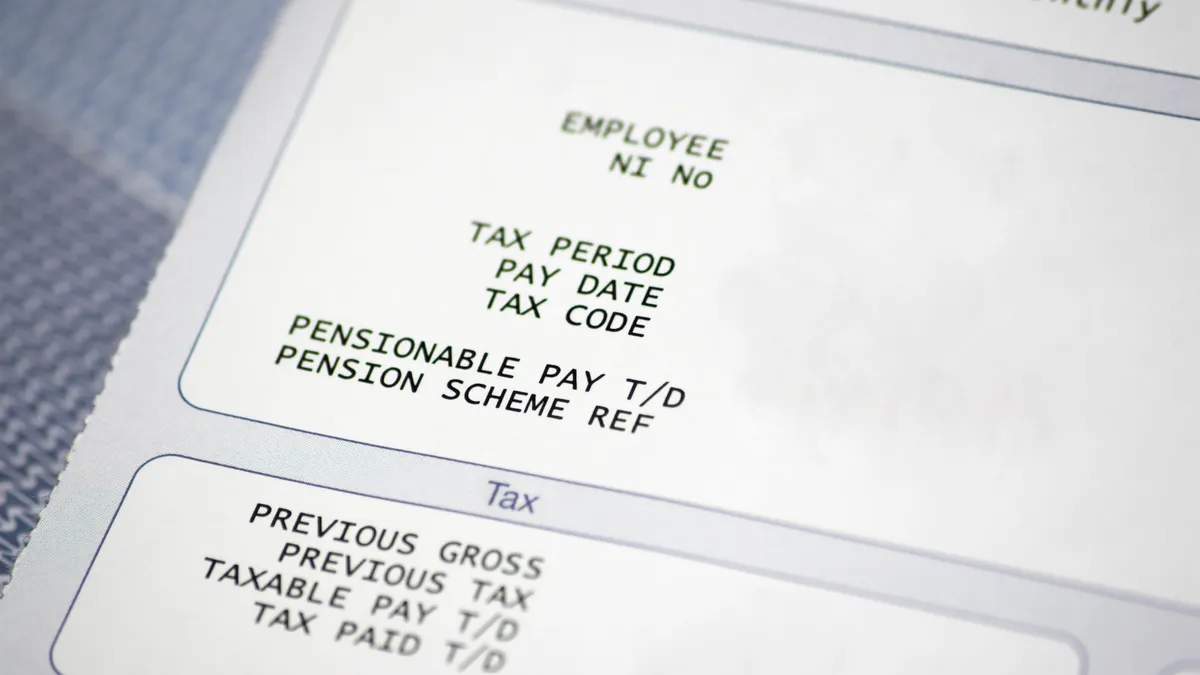The average company has an 80% payroll accuracy rate and makes 15 corrections per pay period, a December analysis by EY revealed. The average cost to a company per incident is $281 in direct costs and $10 in indirect costs — resulting in thousands lost annually due to payroll errors.
The most expensive payroll errors were sick time not entered ($705 per error), the employee not being entered into the system in a timely manner ($635), visa status update errors ($615), W-4 setup errors ($539) and lunch/cafeteria plan errors, a type of standard deduction error ($499).
Employees’ most frequent errors were missing or incorrect time punches, missing expenses, incorrect earnings for vacation or PTO time, not updating shift availability and requesting vacation or PTO time that is not available or accrued.
For companies with large payrolls, the costs can add up quickly; missing or incorrect time punches costs companies about $78,700 per 1,000 employees per year, for example.
EY also found that litigation resulting from payroll errors can result in additional costs. One in 6 companies EY surveyed said they had experienced litigation issues related to payroll errors, with these companies reporting 32 legal complaints on average. That resulted in an average total of $3,200 in direct costs and 29 hours of internal time to settle.
Payroll errors aren’t just costly for companies; according to the results of a Morning Consult poll from November, Americans who experienced a payroll error in 2022 were often driven to cut necessary costs, including skipping utility bill payments, overdrawing their checking accounts, forgoing groceries and missing rent or mortgage payments.
An attorney who spoke to HR Dive in November suggested a careful approach to payroll on employers’ end, even when employees flout workplace wage and hour rules. Likewise, a former U.S. Department of Labor administrator shared strategies with HR Dive on accurate and compliant timekeeping in May, suggesting employers install more time clocks, stop rounding and automatic deductions for meal periods and allow employees to review changes to time sheets, for example.
For the survey, EY collected data from 508 individuals, primarily HR professionals, who work at U.S. companies with between 250 and 10,000 employees.














